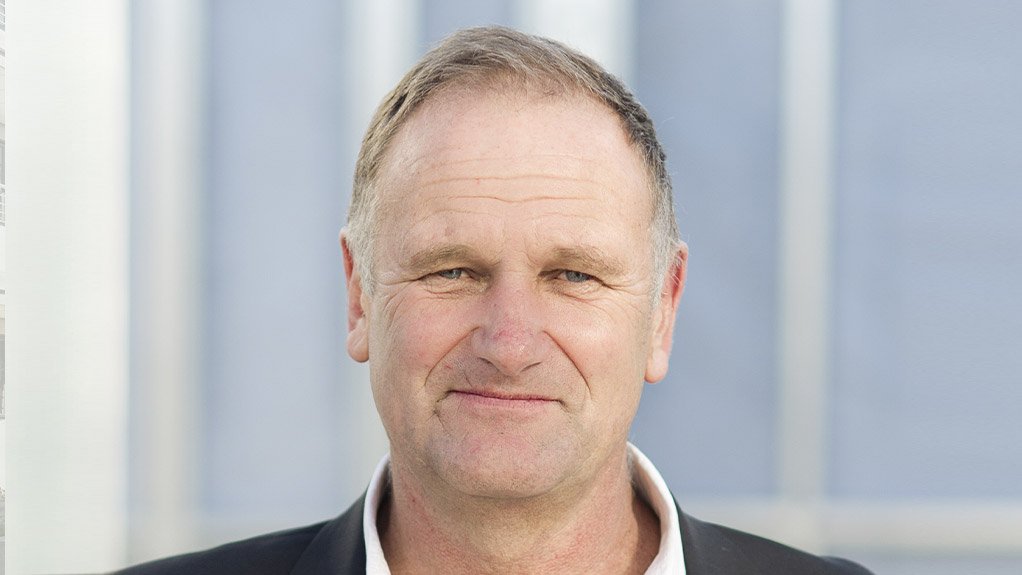
John Schooling, Director, STAG African
South Africa is facing a chronic student housing shortage. While universities across the country search for ways to provide affordable accommodation, preconceived ideas about what student housing should cost is preventing major advancements. To ensure the next generation of students is adequately provided for, it is vital for universities and developers to change the way they think about student housing – this starts with the cost.
The Department of Education has acknowledged that at least 300 000 beds are required to accommodate the nation’s students. Lack of accommodation has been directly linked to higher failure and dropout rates for first year students. Affordable, quality student accommodation is critical for the success of not only individual students, but the country as a whole. This is a crisis of affordability, which can in part be addressed by reducing the cost of providing a student bed.
Current pricing to build student housing on campus is estimated at R320 000 per bed, which can increase to R550 000 when taking land costs into account. While this figure is not wrong, it is excessively high. This amount can be reduced by examining the cost of each line item involved in the development of student housing – including material costs, construction costs, professional fees, and the cost of money – and asking how they be reduced without compromising on quality. Overall, our research has shown that the cost of building new housing can be brought down to as low as R260 000 per bed.
The first – and easiest – step to achieve affordability is through optimal architectural design. This means designing student housing exactly in accordance with the Department of Higher Education and Training’s minimum norms and standards, without creating any dead areas or wasted spaces. Sustainable, energy-efficient design elements, including solar panels, grey water systems and energy saving LED bulbs, can also help to reduce operational costs and environmental impact.
The use of Innovative Building Technologies (IBTs) can reduce the cost of building materials by 10%. IBT is a green alternative to bricks and mortar buildings that uses lightweight steel structures, manufactured off-site. This cuts on-site building time by up to 30%, as the construction team is only assembling pre-made components, instead of building from scratch.
Our patent pod design, which houses eight students per pod, is designed with quality and affordability in mind. Every component of the pods, from light switches and window fixtures to floor and wall designs, has been designed once-off in-house. This approach saves time for architects and engineers, who only need to implement exiting elements, instead of designing new components per project. By limiting personal interactions, the pods are also pandemic proof – ensuring that they can stay inhabited and operational even during uncertain times.
With the completion of a 2 047-bed student village at the University of Fort Hare – the largest student accommodation development ever undertaken by a South African university – and the greenest residence in Africa at Stellenbosch University’s Tygerberg campus, STAG African has demonstrated that it is possible to develop affordable student housing that is also world-class.
With over 35 years of property development and 10 years’ experience developing student housing, STAG African has delivered more than 5 000 beds across South Africa. Our holistic approach to campus development is guided by principles of community, flexibility, technology, sustainability, innovation, affordability, job creation and transformation.